Atomfall Review: A Chilling Survival Mystery in a Twisted Countryside
Dive into Atomfall, a gripping survival-action game where a post-nuclear mystery unfolds across a hauntingly twisted countryside. Scavenge, fight, and uncover dark secrets in one of the most atmospheric games of the year.
Ryan R
Contributing Writer
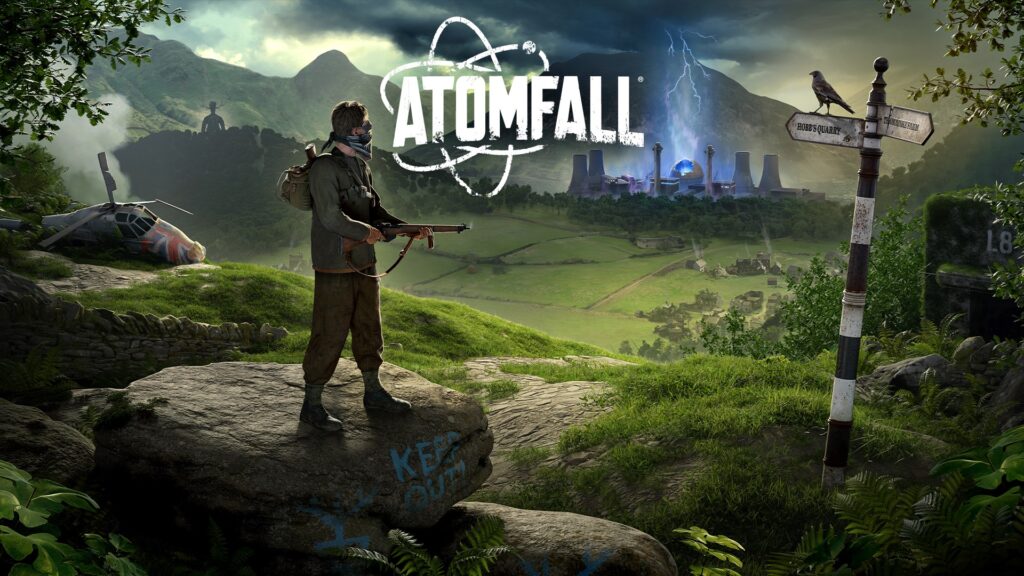
Atomfall Review: A Chilling Survival Mystery in a Twisted Countryside
If Fallout took a holiday in the Lake District and binge-watched The Wicker Man, you’d get Atomfall. Rebellion’s bold new survival-action experiment swaps American wastelands for fog-drenched hills and cricket bats. Set five years after the real-world Windscale nuclear disaster, Atomfall isn’t just a game. It’s an atmospheric dive into Britain’s darker side, a place where history, horror, and radiation collide.
Developed and published by Rebellion, the team behind Sniper Elite and Zombie Army, Atomfall takes players deep into a fictional quarantine zone in Northern England, blending Cold War tension, mysticism, cults, and rogue government agencies. This isn’t your typical post-apocalyptic playground. It’s something far more grounded, and that’s what makes it hauntingly special.
A British Apocalypse You’ve Never Seen Before
From the moment you crawl out of your bunker, Atomfall makes it clear it’s not here to follow trends. Forget dusty deserts and neon cities. Here, you’re surrounded by dry stone walls, rolling green hills, and ominous foxglove-covered ruins. This is post-nuclear England, and it’s as picturesque as it is perilous.
You’ll explore regions like Skethermoor and Slatten Dale, where wild countryside meets sinister secrets. You’re not just running from mutants. You’re navigating tense standoffs with cultists, negotiating with shady government enforcers, and dodging flame-spewing robots patrolling radioactive ruins.
It’s unmistakably British and refreshingly so. The attention to local detail, from black-and-white signposts to Morris dancers, gives Atomfall a unique identity rarely seen in AAA titles.
Freedom to Survive Your Way
What sets Atomfall apart is its freeform approach. This isn’t a quest-driven RPG with markers guiding your every step. Instead, you collect leads, piece together mysteries, and decide how to deal with anyone who stands in your way, whether that means playing nice or cracking skulls.
There are six different endings, and every choice carries weight. Want to work with a faction? Great. Want to eliminate a key character and loot their corpse? That works too. The game doesn’t punish you for playing dirty. It leans into it.
Combat is scrappy, tense, and deliberately desperate. Ammo is rare, forcing you to rely on makeshift melee weapons, explosives, and even environmental hazards. There's a real sense of vulnerability, especially early on when every encounter could be your last.
Atmosphere Overload With a Dose of Dread
Atomfall thrives on its atmosphere. The world feels alive with unease. One moment you’re scavenging a quaint village, the next you’re being hunted by corrupted wildlife or creeping through fungus-infested tunnels lit by eerie bioluminescence. Folk horror tropes, like woodland pagans and haunted churches, mix with sci-fi strangeness to keep you on edge.
The sound design and writing reinforce that dread. Protocol soldiers talk like they’re auditioning for a fascist BBC drama, while local cultists mumble about “the soil’s voice.” It’s both surreal and scarily plausible, a dark satire of what Britain could become under pressure.
Compact But Compelling
Let’s talk size. Atomfall is short. Clocking in around 15 hours for 100 percent completion, it’s not the biggest open-world experience. But it doesn’t need to be. Its tight, densely packed design ensures every region, every note you find, every encounter feels meaningful.
The replay value is strong thanks to its modular difficulty, skill system, and multiple endings. It’s perfect for one intense playthrough, and maybe a second to explore paths you missed the first time around.
There are some rough edges. Stealth is serviceable, enemy barks get repetitive, and factions can be exploited without much pushback. But none of these issues outweigh the game’s core strengths: atmosphere, exploration, and player freedom.
A Forgotten Disaster, Reimagined
Atomfall draws from the real 1957 Windscale fire, the UK’s worst nuclear accident, as a springboard for its alt-history world. While the real event didn’t produce glowing plants or brainwashed cultists, it did leave a lasting scar on Northern England.
Rebellion CEO Jason Kingsley was inspired during a walk through the Lake District, and that personal connection shines through. The game doesn’t sensationalize history but uses it as fertile ground for storytelling. It brings attention to a tragedy many Brits barely remember, and it does so with eerie beauty and creative respect.
Final Verdict: Should You Play Atomfall?
Absolutely, especially if you’re craving something different.
Atomfall is a unique survival-action game that dares to trade bombast for subtle horror and flashy loot systems for haunting realism. It’s a bold experiment that mostly succeeds, offering one of the most memorable, tonally rich post-apocalyptic settings in recent memory.
While it might not have the polish or scale of some AAA titles, its personality, writing, and atmospheric tension make it well worth your time, especially on Game Pass or during a sale.
If you love exploration, lore-rich worlds, and survival with consequence, Atomfall is calling. Just don’t forget your cricket bat.
RELATED

Civilization 7 Review: A Bold New Era or a Step Too Far?
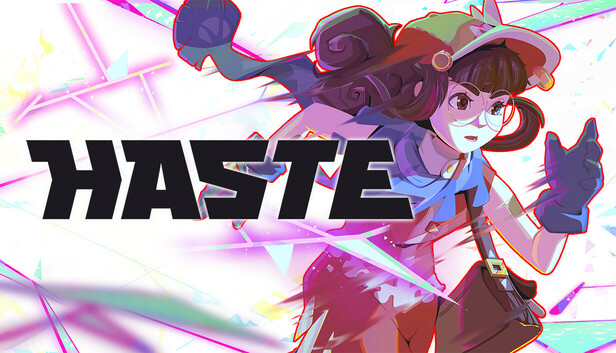
HASTE: Broken Worlds Will Break You. But You’ll Love It
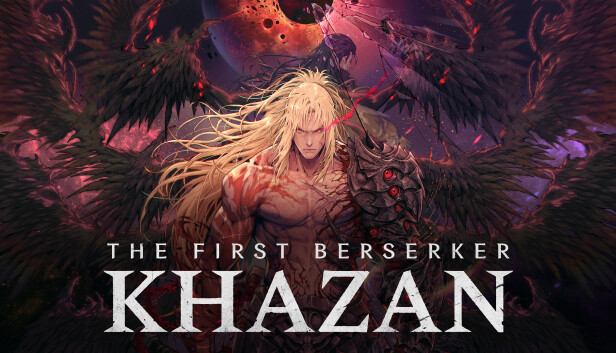
The First Berserker: Khazan Is a Brutal, Beautiful Soulslike You Don’t Want to Miss
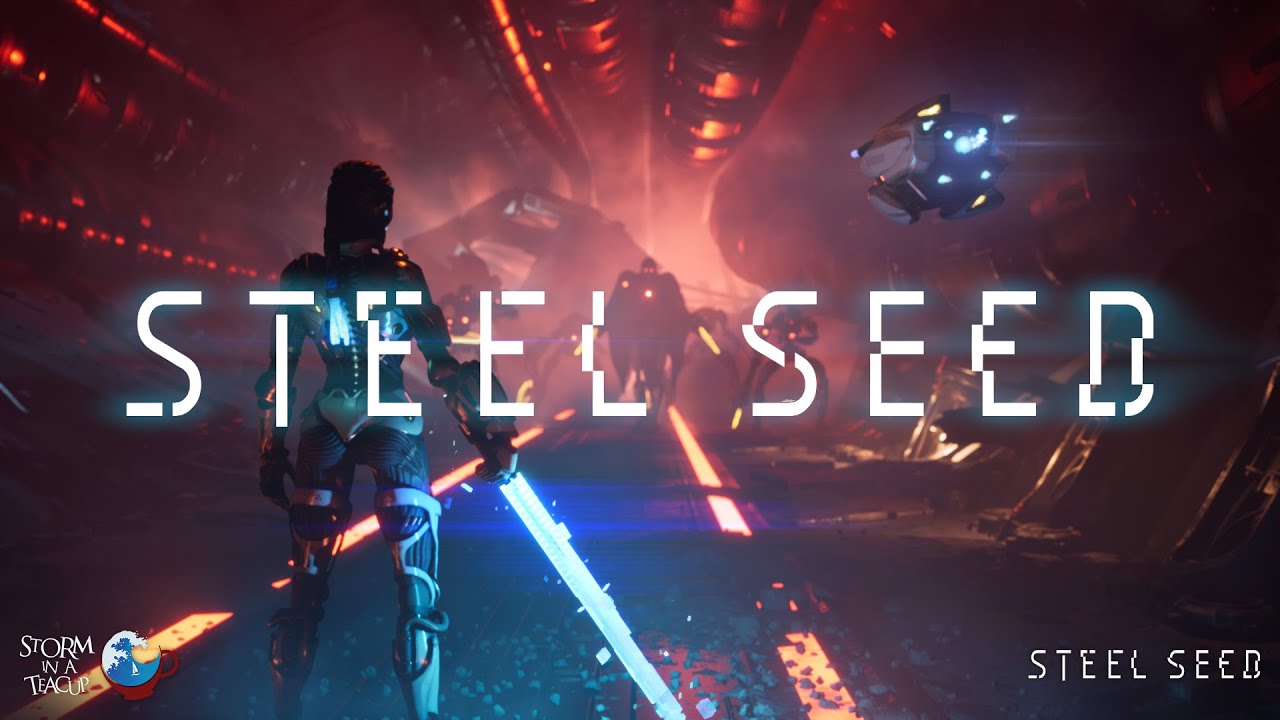
Steel Seed Drops April 10: Here's What You Need to Know
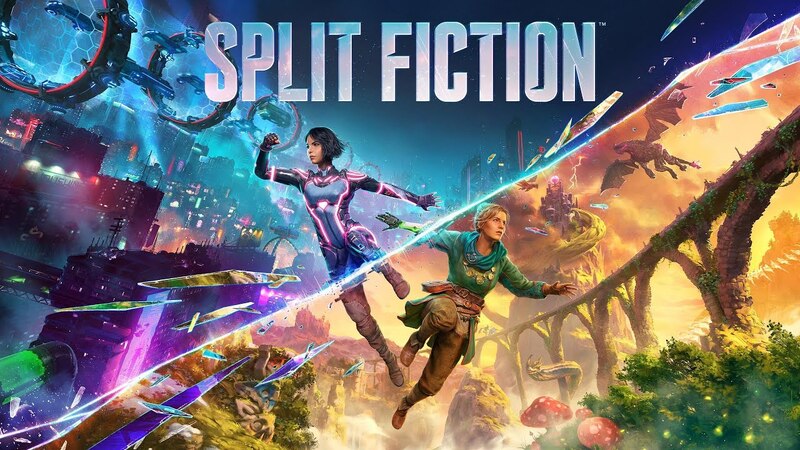
Why Split Fiction Is the Most Mind-Blowing Co-Op Game You’ll Play in 2025
